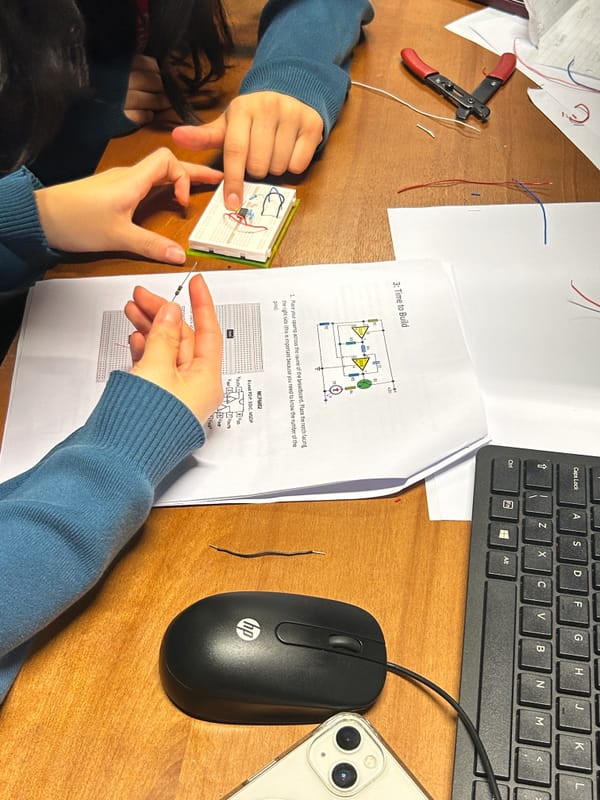Gauguin Portraits
Narcissistic self-portraits and Polynesian child brides - a somewhat disturbing exhibition

3.5 stars
As you enter the exhibition, the first room is filled with self-portraits of Gauguin. To walk into any room of self-portraits would give the impression of a self-centred creator, but Gauguin’s portraits strike one as particularly narcissistic, given there are several oil paintings where he has painted himself in the image of Jesus. Alongside inscriptions of his own name, there are often the names of friends or family to whom the portraits were gifted. It seems Gauguin had a difficult time with people; on one occasion the dedication of the portrait was changed halfway through. A family quarrel perhaps?
Throughout the exhibition, Gaugain’s peculiar wooden and ceramic sculptures are arranged centrally and given pride of place. These demonstrate immense skill and are interesting to look at, but the oil-on-canvas portraits are also far from conventional. His use of colour is intense and subjects are rarely depicted sitting or with their families behind them. In the “family and friends” collection, there is Young Breton Woman. In this portrait an aristocrat’s daughter is seated beneath a coat of arms and fleur-de-lys. The indication of social standing is usual for a portrait, but Gauguin also added a sculpture of his own in the background - a figure of a naked woman exuding menstrual blood. The combination of this sculpture with the subject’s dejected facial expression give the painting a disturbing quality. The exhibition caption tells us that, unsurprisingly, the aristocrat did not buy the portrait.
Discomfort upon viewing his works continues, especially those that were created during his time in Polynesia. Without context, many of these are beautiful, and at first glance it is almost refreshing to see non-white women as the subjects in a post-impressionist exhibition. However, once it is learned that Gaugain “married” two of these women when they were 13 and fathered their children, it is difficult to see any beauty in Gauguin’s depictions of them.
The exhibition also includes surrogate portraits. These are still-life paintings that have been interpreted to represent important people in Gauguin’s life. A surrogate of Van Gogh is his sunflowers; the rich colours of these paintings give them incredible depth, and it is Gauguin’s depiction of flowers, whether they are to represent people or not, that stand out as his most striking work. Given what we’ve learned about his views earlier on in the exhibition, though, it is difficult to want one of his prints, however beautiful, on a notebook or a cushion.





